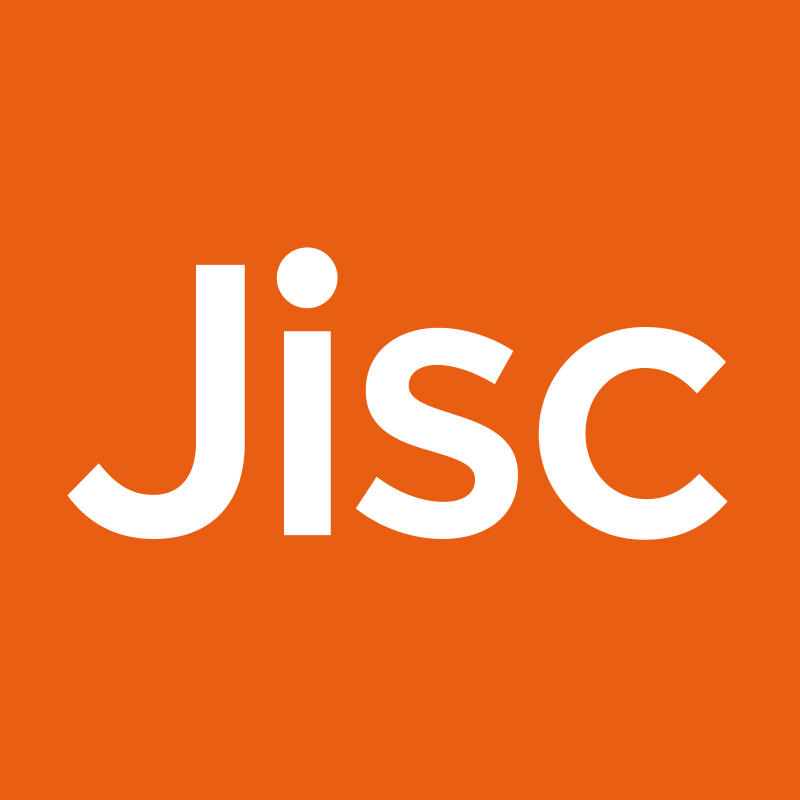Using a road mapping approach can help you write your digital strategy
Introduction
Our members often ask, ‘What’s the best template to communicate our digital strategy?’ While there is no single ‘best’ approach, we have observed that most organisations either create a comprehensive strategic document or integrate their digital innovation plans into other key documents, such as the teaching, learning, and assessment strategy.
Communicating the digital strategy means showing how it was developed and how it will be implemented – essentially the road map to the digital future.
The roadmap begins with defining your vision—the destination and aligning it with your organisation’s primary purpose.
Next, outline the key high-level digital goals—the route to get there. These goals don’t need to be detailed at this stage, but they should highlight their importance and how they can be supported.
Conclude by explaining how existing capabilities (expertise and skills) will be utilised to achieve these goals and how new capabilities will be developed.
Are you leading your organisation’s next digital strategy? Have you been tasked with reviewing and updating the existing strategy? Jisc can guide you through each stage of the digital roadmap.
Not sure where to start or who to ask?
Start with your Relationship Manager. Whether you are just starting or are an experienced digital leader, your relationship manager can connect you with our subject specialists in digital strategy and leadership, who will listen to your needs and offer constructive advice.
If you prefer undertaking desk-top research before speaking to one of our team, you can view our advice and guidance page where you can find online support for digital strategy and resources for digital leaders who want to create a culture conducive to digital practice.
Alternatively, perhaps you would welcome the opportunity to meet and network with others who are undertaking similar work. Our Digital Leadership and Culture Forum puts you in a virtual room with people from other organisations. The forum meets monthly, offering a space to share thoughts, experiences, and ideas about the challenges faced by digital leaders.
Defining and aligning
Embracing digital transformation can lead to differing opinions about the role of innovative technologies, which may not always align with the organisation’s strategy. In such cases, a unified team approach is essential. Our Vision for Change workshop brings stakeholders together in an energised and interactive environment where you and colleagues work collectively to clarify what the ideal digital experience looks like and find the barriers that are preventing progress.
Further practical support from the perspective of a critical friend is invaluable and our Digital Strategy Review Service offers exactly that. Whether you’ve drafted a new digital strategy or need an existing strategy reviewed, this service provides informed feedback and recommendations for development.
Key high-level digital goals
Beyond the vision and mission stage? Looking for a way to spark conversations across teams?
In FE, our Digital Elevation Tool is what you need. This online self-assessment tool allows you to assess your organisations current position against five key themes and map the next steps of your digital journey in each area. As well as helping to refine digital strategic goals, the tool also shows where resources can be allocated to achieve digital goals.
For HE, readers may appreciate the chance to explore our Framework for digital transformation in higher education. Accompanying this framework is the Maturity model for digital transformation in higher education, which offers a structured approach for assessing digital maturity across the institution.
Whilst these resources have been designed with the specific needs of particular members in mind, they all promote collaborative efforts among stakeholders and also emphasise themes such as knowledge creation, management, and utilisation in ways which all members can appreciate.
In both FE and HE, effective decision-making is crucial, and the Jisc Data Maturity Framework can help digital leaders to spot where their digital strategy is succeeding and, more importantly, where progress has stalled.
Develop capability and implement
When it comes to implementing a digital strategy its people that make the difference. Our Digital Leaders Programme empowers leaders at all levels with the knowledge and skills to drive digital transformation within their organisations. Participants gain access to essential tools and techniques, enabling them to lead and manage digital change effectively.
A successful strategy thrives on collaboration. Confident digital users can tip the balance towards achieving strategic digital goals. Our Building Digital Capability Service can support you in developing the digital skills students need, as well as help staff focus on digital and continuing professional development activities.
Of course, without effective underpinning technologies, digital transformation cannot advance effectively. Our Infrastructure Review is designed to help you evaluate the effectiveness of your digital infrastructure and develop a robust and forward-thinking approach to digital infrastructure.
Conclusion
Digital technology is constantly evolving and it’s easy to feel overwhelmed or, worse, fall behind. We believe that effective stakeholder communication is key. Presenting your digital strategy in a clear, easy to read style means people can prepare to embrace the advantages digital transformation offers.
To discuss your digital strategy needs, get in touch with us.

